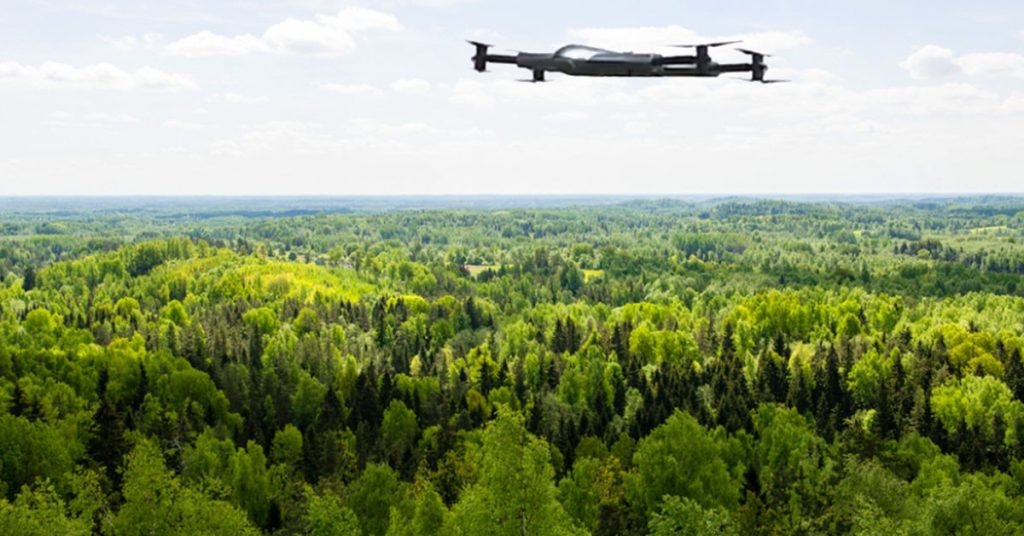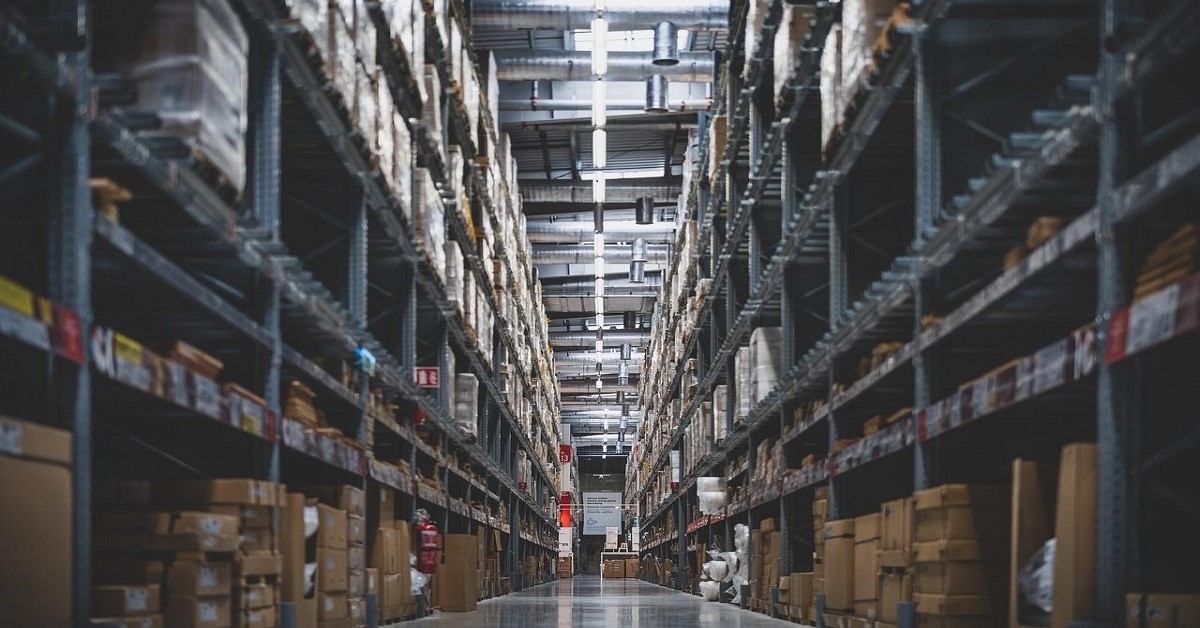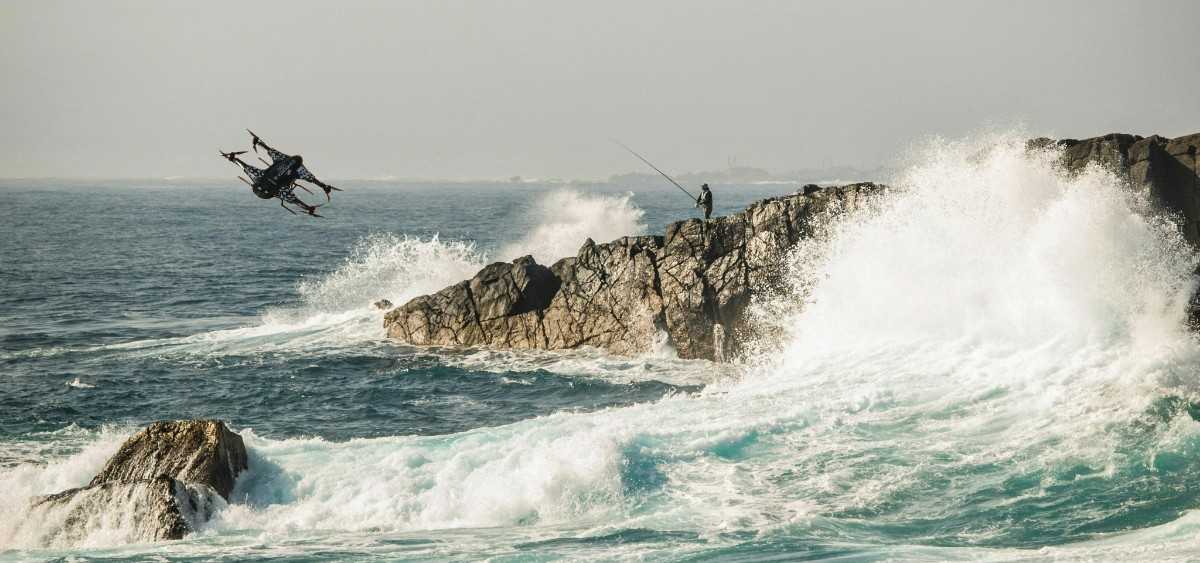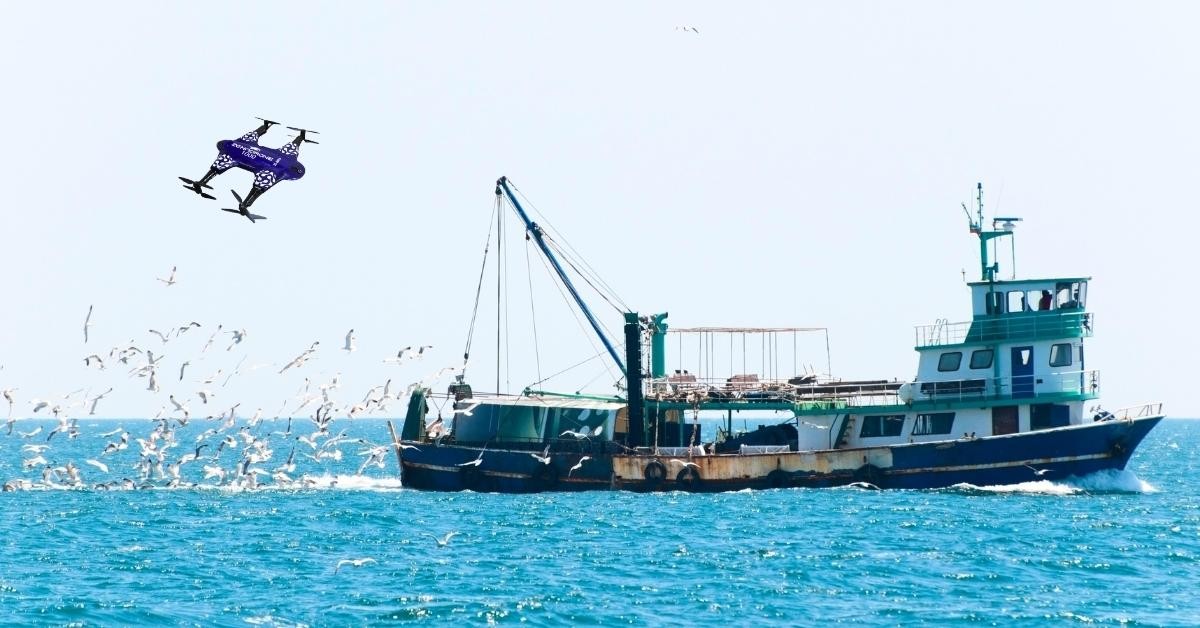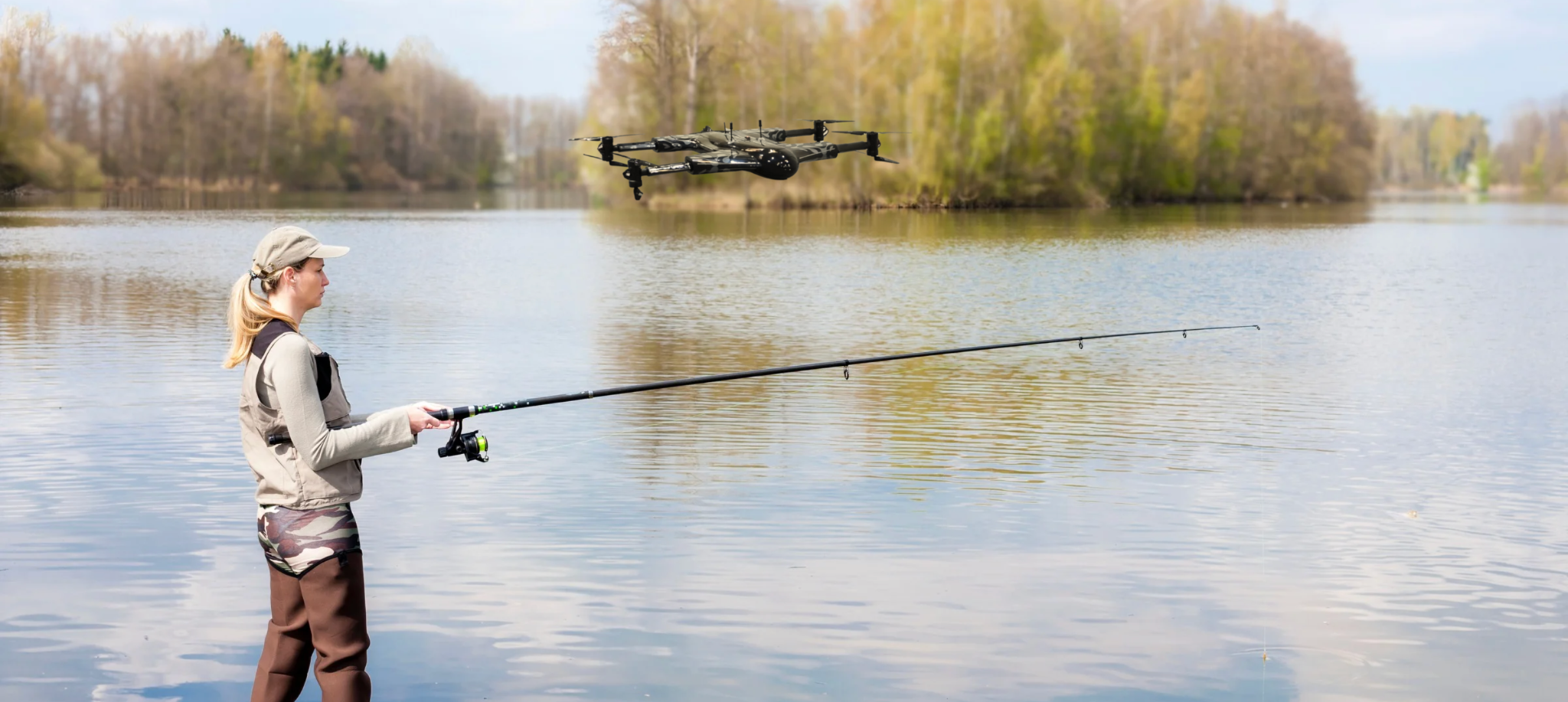Drone Technology for Reforestation and Combating Global Warming
Reforestation is a critical step in addressing the negative impacts of global warming. Forests absorb carbon dioxide, regulate ecosystems, and provide habitats for countless species. However, deforestation due to urbanization, agriculture, and industrial activities has left many areas barren. Traditional tree planting methods are time consuming and expensive, but drone technology is offering a faster, smarter, and more sustainable solution.
What is Drone Reforestation?
Drone reforestation is the utilization of unmanned aerial vehicles plant trees and restore forests. These drones are designed to map the land, drop seeds, and monitor the growth of newly planted trees. By automating and optimizing the reforestation process, drones can cover large areas efficiently, even in challenging terrains.
Why Choose Drones for Reforestation?
Drone technology offers many advantages over traditional tree planting methods, making it preferred choice for governments, environmental organizations, and businesses. Here’s why:
Fast and Large-Scale Seed Planting
Planting trees manually is slow and labor intensive. One farmer may plant around 800 trees in a day, but a single drone can plant over 120 seeds per minute. With multiple drones, reforestation projects can restore thousands of acres in a short time. For example, drones can plant more than 500,000 seeds in a single flight.
Precise Land Mapping and Data Collection
Modern drones are equipped with advanced cameras and sensors that provide high quality images and real time data. This technology allows forestry teams to:
- Identify Suitable Areas: Analyze soil quality, terrain, and moisture levels to choose the best planting spots.
- Monitor Environmental Factors: Measure temperature, elevation, and vegetation health to optimize planting strategies.
- Track Progress: Keep an eye on the growth and health of planted trees over time.
This data driven approach ensures higher seed survival rates and reduces waste.
Reaching Remote and Difficult Locations
Many areas in need of reforestation are hard to access, such as steep mountainsides, degraded lands, or regions affected by pollution. Drones can fly over these challenging terrains and plant seeds where human access is difficult or dangerous.
Cost Effective Reforestation
Drone technology reduces the costs associated with manual labor and large-scale operations. A single operator can control multiple drones, and drones can plant a different variety of seeds in one flight. This minimizes labor costs, speeds up the process, and allows forestry companies to achieve more with less.
Efficient Monitoring and Maintenance
Reforestation doesn’t stop at planting trees. Monitoring their growth and addressing potential issues like pests, diseases, or dry soil is essential. Drones make this process easier by:
- Scanning large areas.
- Detecting problems like pest infestations or water shortages.
- Applying water, nutrients, or pesticides precisely where needed.
This ensures the health of the growing forest while reducing the environmental impact of overusing resources.
Supporting Biodiversity and Ecosystem Restoration
Drones can plant a mix of native tree species, helping to restore biodiversity. By planting the right species in the right locations, they can rebuild habitats for wildlife and stabilize ecosystems affected by deforestation.
How Drone Technology Combats Climate Change
Deforestation is a major contributor to global warming, as it reduces the Earth’s ability to absorb carbon dioxide. Reforestation with drones can:
- Increase Carbon Sequestration: Newly planted trees absorb carbon from the atmosphere, reducing greenhouse gases.
- Restore Natural Habitats: Forests provide shelter for animals and plants, maintaining biodiversity.
- Prevent Natural Disasters: Reforested areas can reduce soil erosion, prevent landslides, and mitigate the impact of floods.
By planting trees quickly and efficiently, drones play a crucial role in reversing the effects of climate change.
ZenaDrone 1000 Supports Drone Reforestation
The ZenaDrone 1000 is one of the multifunctional drones that support drone reforestation. It is a drone technology that operates to maximum performance and helps for efficient tree planting with drones. This innovative drone sustains a practical, convenient, and speedy work process. It can rapidly dispense seeds, perform automotive spraying, and provide effective aerial surveillance, inspection, monitoring, and accurate information for field data.
Besides those functions, ZenaDrone is also famous for being a self-flying smart drone where planters can set a pre-scheduled flight plan and a pre-determined flight route. It is controllable via mobile software or web-based flight planning software. Also, this drone is enclosed and made with durable carbon fibre wrap that withstands different atmospheric impacts like humidity, heat, and moisture. ZenaDrone is a flexible drone technology that can be functional not just for reforestation but also for other industries that need drone solutions.
The Takeaway
Drone technology is a time-efficient and cost-effective method for reforestation. It supports systematized automatic planting procedures observed like on-site assessments and help ensure that the tree seeds grow. There is no need to require a big flock of volunteers or hire many workers for reforestation. Also, it is time-consuming, needs much workforce, and even allocates a bigger budget for resources. Drone reforestation is also a better substitute for seed dumping through helicopters, as it commonly fails to grow.
Reforestation with tree planting drone technology like ZenaDrone 1000 is an advanced solution for growing many forests that will help resist global warming. It is an optimized solution to assist forestry companies achieve their plantation goals efficiently. Find us on Google and book your demo online.
Contact Us
Thank you for your message. It has been sent.
Latest Posts
Social Profiles






